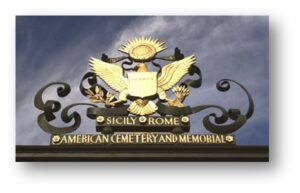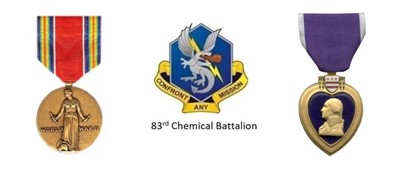Name: Kaleda, Charles Anthony, PVT, USA
Local address: 33 Broadway, Matawan (note: there is presently no “33 Broadway” in Matawan; however, there are several different references to this specific Matawan address in both Matawan and Keyport papers in the 1940s. Charles sister Veronica lived on 33 Lower Main Street in Matawan per the 1940 Census – the rest of the family was still in Pennsylvania that year. Additionally, several articles and memorials state Charles was from Matawan.)
The surname was originally “Kaletja” and was modified by most family members over the years. Father Peter Kalejta (1873-1931) was a polish immigrant, arriving in the US in the 1890s and located to Shenandoah, PA, to work as a coal miner. He and his wife Antonia Wierzchowska (1884-1963) raised six children in that city, with Charles the youngest being born there February 29, 1918.
Charles’ three older brothers remained in Shenandoah, oldest brother William dying in 1962, cause of death “miner’s asthma.” The 1940 census listed Charles and his widowed mother residing in Shenandoah with Charles’ occupation given as a “baker”. His sister Veronica (1907-1954) was in Matawan in 1940 and sister Anna (1915-2004) was at 33 Lower Main by 1950. Sometime around 1941 Charles and his mother came to Matawan.
Charles was employed by the Architectural Tile Company in Keyport and the New Jersey Shipbuilding Company in Perth Amboy before enlisting in the army on March 25, 1943 in Allentown, PA. The enlistment record indicated he was single with his mother as a dependent and had one year of high school. His 1940 draft record described him as 5’9” tall, 163 pounds, brown eyes, blonde hair with a ruddy complexion.
He reported to Camp Wheeler, GA for basic training on April 1, 1943 and then received advanced instruction at Ft. D.A. Russell in Marfa, Texas. He was subsequently assigned to Company “C” of the 83rd Chemical Battalion as a mortarman. Although primarily used to lob high explosive shells at enemy concentrations, the “chemical” in the unit’s designation referred to mortar shells often containing gas, smoke or white phosphorus, which necessitated specialized training.
The 83rd was involved in numerous actions in the Mediterranean area of operations. On January 25, 1944, a group of 400 soldiers assigned to Companies C and D of the 83rd, along with the unit’s HQ group, boarded British Landing Ship – Tank (LST) 422. Also aboard this ship were members of the 68th Coast Guard Artillery Battalion, along with a load trucks, half-tracks and other vehicles. Besides all the unit’s ammunition, the ship carried 50 steel barrels of gasoline on its deck.
As part of a convoy of 12 LSTs, it arrived off the Anzio beachhead at around 1AM the morning of the 26th. Setting anchor and preparing to unload, gale force winds and 20 – 30 foot waves pushed LST-422 into a known mine field where it struck a mine, blowing a 50 foot hole in the ship’s bottom and setting its fuel on fire.
The ship’s tank deck was the first to flood, trapping the majority of the 83rd who were asleep – 400 men were unable to escape. The gasoline on deck and the ammunition then started to explode, creating a hell on earth.
 An order was given to abandon ship, but only four life rafts were intact. According to the unit’s history, LST-301 came to assist but many of the men who had jumped into the frigid waters perished before being rescued. LCI-32 also tried to assist LST-422 but struck a mine herself and sunk with a loss of 30 of her crew. Other ships came to their aid, but only 150 men of the two ships were saved.
An order was given to abandon ship, but only four life rafts were intact. According to the unit’s history, LST-301 came to assist but many of the men who had jumped into the frigid waters perished before being rescued. LCI-32 also tried to assist LST-422 but struck a mine herself and sunk with a loss of 30 of her crew. Other ships came to their aid, but only 150 men of the two ships were saved.
Charles is considered MIA by the Defense POW/MIA Accounting Agency (DPAA). His remains are most likely unrecoverable on the bottom Tyrrhenian Sea off Anzio. His name appears on a memorial marker at the Sicily-Rome American Cemetery and Memorial, Nettuno, Italy.


NO COMMENTS